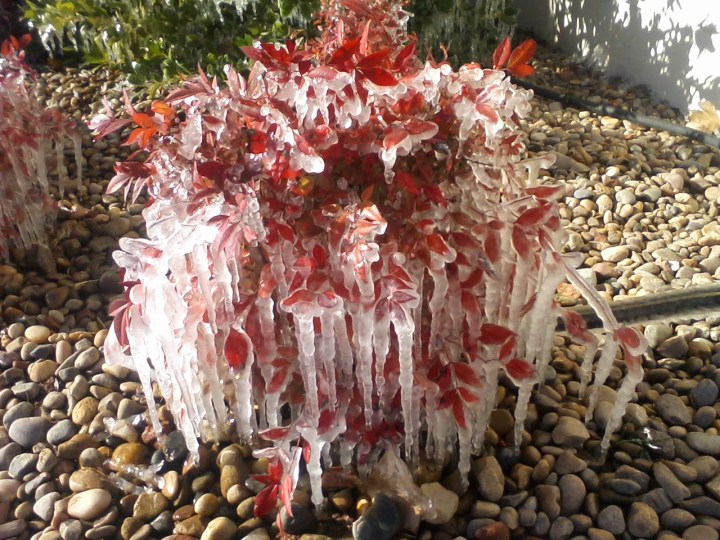 One of the most important differences between plants and animals is that animals are ‘animated’, and plants are not. Aquatic plants might float about, and might even drift into more favorable situations. Vines and plants with creeping rhizomes can likewise relocate. Otherwise, most plants are confined to the same locations where they grew naturally, or where they were planted. They need to get it right from the beginning.
One of the most important differences between plants and animals is that animals are ‘animated’, and plants are not. Aquatic plants might float about, and might even drift into more favorable situations. Vines and plants with creeping rhizomes can likewise relocate. Otherwise, most plants are confined to the same locations where they grew naturally, or where they were planted. They need to get it right from the beginning.
Most landscape plants that are commonly available in local nurseries are fortunately suited to local climates. A few tropical plants that prefer milder climates, as well as a few plants that prefer cooler winters, can be found; but most plants that prefer other climates are simply unavailable here. Yet, even within their preferred climates, the many diverse plants in our gardens are affected by many other environmental factors.
Exposure is nearly as important as climate is. Some plants need to be completely exposed, while some prefer shelter from heat, cold, wind or sunlight. It all depends on how they live in their natural environments. Some naturally live out in the open. Others live in dense forests, where they need to compete with other plants for sunlight. Even if we do not know where our plants come from, we should know what they require.
Japanese maples are understory trees that naturally grow in the partial shade of larger trees in mixed forests. Some types can do well in full sun exposure, but are likely get roasted by reflected glare, or dry wind. Lace-leaf Japanese maples are more sensitive to exposure, so prefer partial shade in the afternoon, and shelter from wind. However, too much shade compromises foliar color of the red and bronze leafed types.
Most cacti and some types of yucca are just the opposite. They naturally live out in deserts, without any significant competition. In home gardens, they will lean away from shade. Knowing what plants want helps to find the best exposures for them.
Great article, Tony. Did you take that photo? Is that in L.A., and what is it?
LikeLiked by 1 person
Los Angeles?! Oh my NO! It is an old picture of some sort of nandina near Pink, Oklahoma. Apparently, it got irrigated overnight.
LikeLike
Interesting and I love the photo of the unusual plant. Exposure can be difficult as when the sun moves around during the year a plant can be in shade then gradually exposed to full sun during another part of the year
LikeLiked by 1 person
the plant is just a somewhat common nandina (I don’t remember the name of that cultivar.). The picture is a few years old, near Pink in Oklahoma.
LikeLiked by 1 person